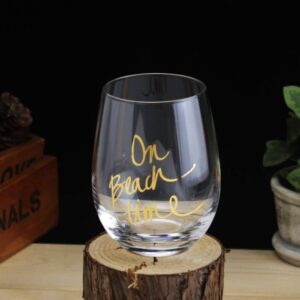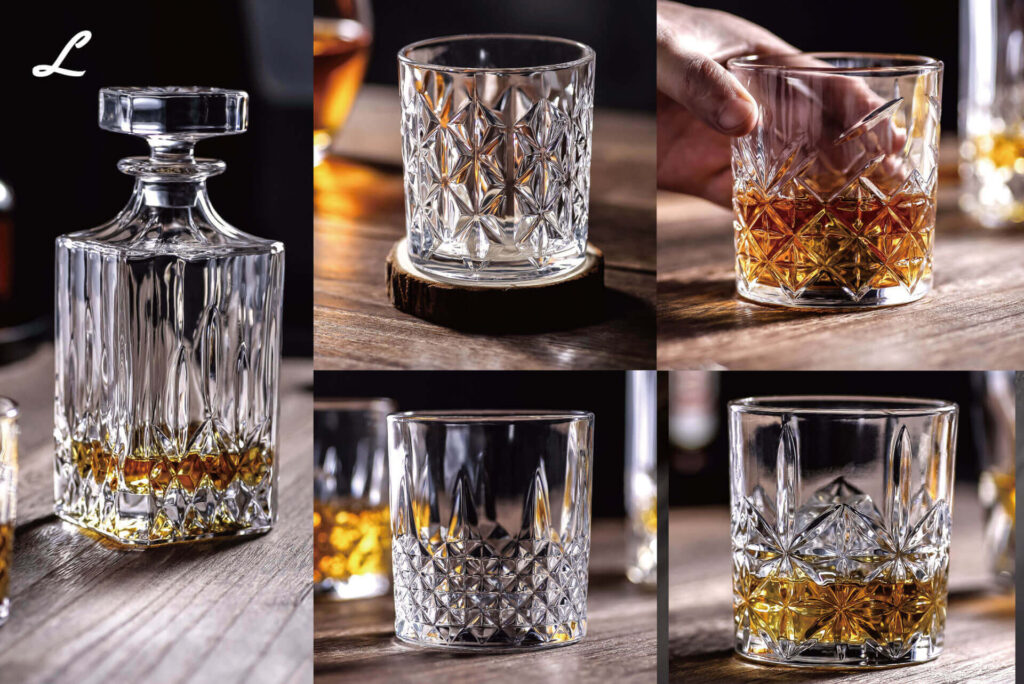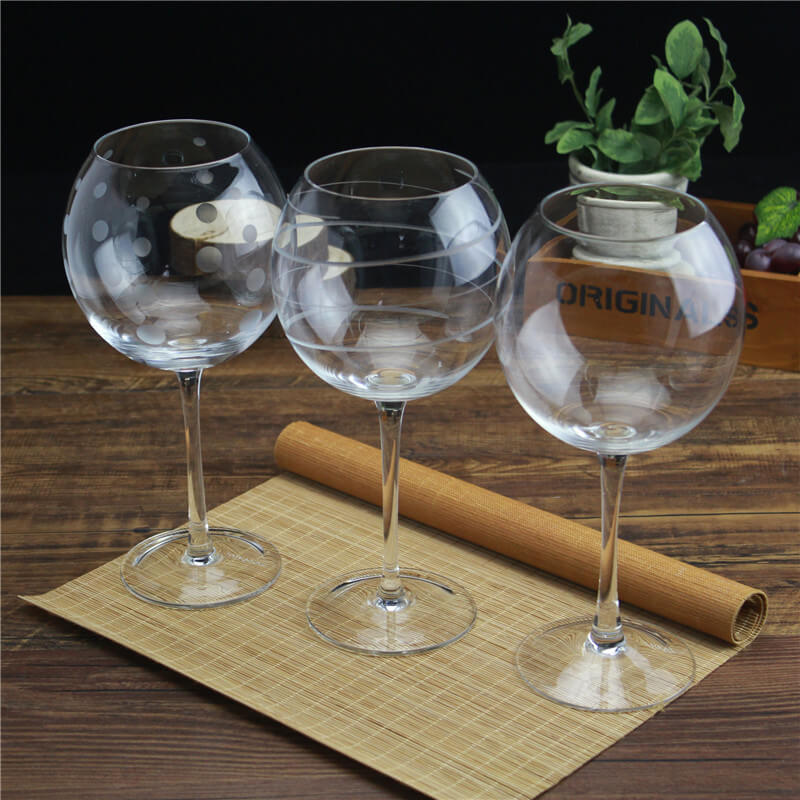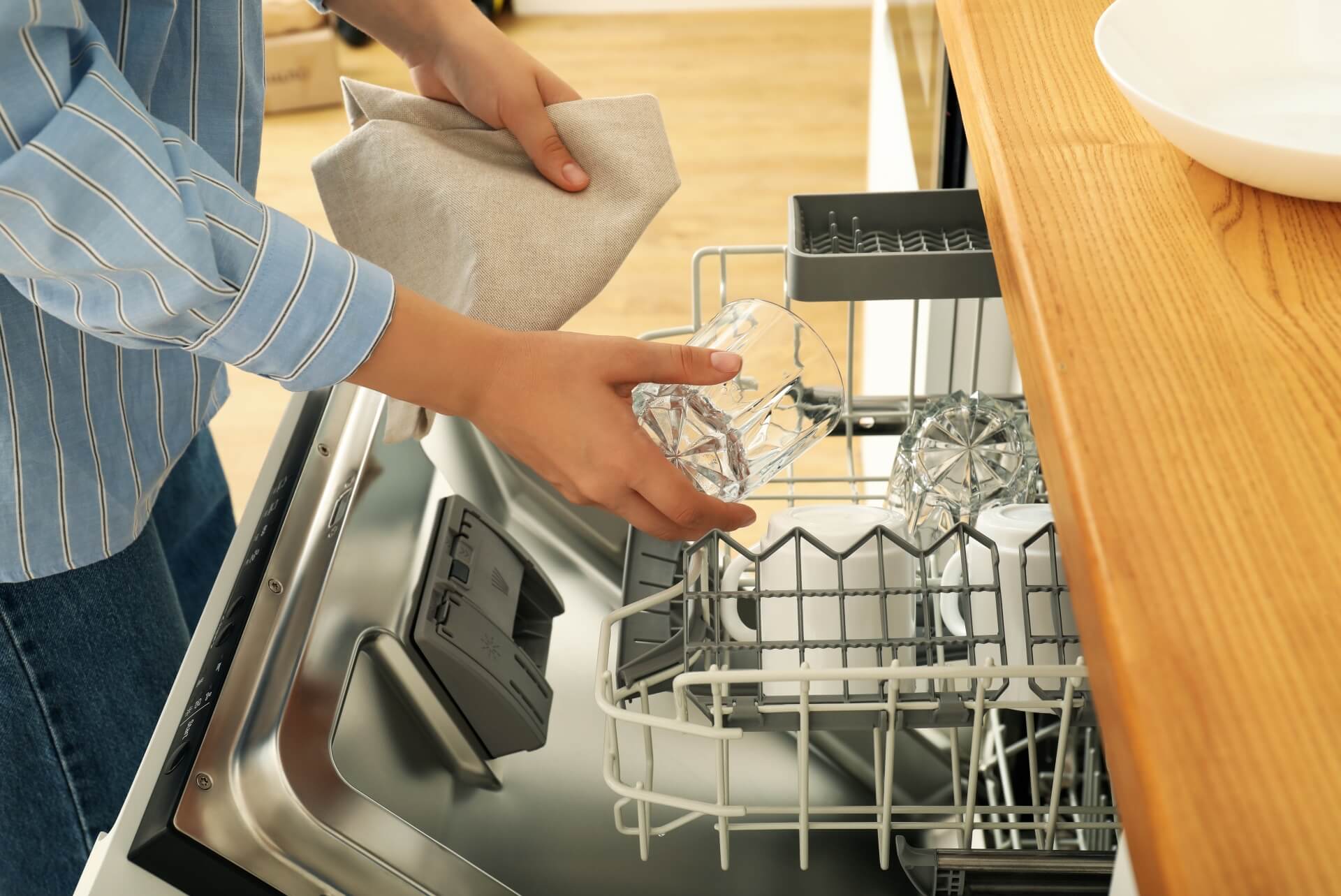Glassware Materials Used: Crystal vs Glass Wine Glasses
When it comes to making wine glasses, two main materials are commonly used: crystal and soda-lime glass. Crystal gives wine glasses a shiny and clear look, often seen in high-end glasses. On the other hand, soda-lime glass is strong and widely used for everyday glasses. Both have their own benefits and are chosen based on the need and style of the glass.
This article will show Crystal vs Glass Wine Glasses, which helps you to choose the right wine glasses.
source: lida
Glass vs Crystal Wine Glasses: A Detailed Comparison
When we talk about glass and crystal, it’s essential to understand that crystal is a specialized type of glass. The primary distinction lies in the materials used in their composition and the methods of production.
What is Glass?
Glass is a versatile and transparent material, primarily made from a combination of sand, soda ash, and limestone. These ingredients are melted together at high temperatures to form a material that can be molded into various shapes. The addition of other minerals, like silica or barium, can alter its properties, such as color, durability, and thickness.
Certain types of glass, like borosilicate glass, are known for their durability and are commonly used in products like food storage containers. Another variant, fused quartz glass, is prized for its clarity and is often used in precision instruments like camera lenses.
source: lida
What is Crystal?
Contrary to its name, crystal glass doesn’t have a crystalline structure. The term “crystal” in this context is derived from the Italian word “Cristallo,” which was used to describe high-quality, hand-blown glass from Murano, Italy.
Crystal is essentially a type of glass that contains additional materials, usually lead-oxide or metal-oxide. These additives give crystal its unique properties, allowing it to be molded into delicate shapes and designs. The presence of these materials also makes crystal slightly porous, enabling it to refract light brilliantly, a feature that standard glass lacks.
source: lida
The Key Differences
- Composition: While both glass and crystal are made from similar base materials, crystal contains added minerals, like lead-oxide, which give it its unique properties.
- Durability: Standard glass, due to its composition, tends to be more durable and resistant to breakage than crystal. However, crystal’s strength lies in its ability to be molded into intricate, delicate designs.
- Refractive Quality: One of the standout features of crystal is its ability to refract light, giving it a sparkling appearance. This quality is absent in standard glass.
- Price Point: Due to its luxurious appearance and the complexity of its production, crystal is generally more expensive than standard glass.
- Care: Glass items, especially those with low mineral content, are typically dishwasher safe and heat-resistant. In contrast, crystal requires more delicate handling and is not recommended for dishwasher cleaning.
Glass vs Crystal Wine Glasses: Distinct Characteristics
Appearance
- Glass: Glass often has a slightly cloudy appearance, with potential tints influenced by its composition. For instance, the presence of iron can give it a greenish hue, while soda-lime might lend a bluish tint.
- Crystal: Renowned for its exceptional clarity, crystal is the go-to choice for luxury glassware and decorative items.
Weight
- Glass: Generally, glass is lighter than its crystal counterpart when comparing items of similar designs.
- Crystal: The inclusion of lead or other metals in crystal makes it noticeably heavier than a comparable glass piece.
Thickness
- Glass: The soda-lime content in glass necessitates a higher working temperature, causing it to harden swiftly post-heating. This rapid hardening often results in a thicker rim. To counteract its fragility, the rims of many glass items are reinforced.
- Crystal: The presence of lead and potassium carbonate allows crystal to be heated at lower temperatures, granting glassblowers more flexibility to craft thinner designs without compromising strength.
Cut and Design
- Glass: The rapid hardening property of glass limits the time available for hand-cutting. Typically, glass is shaped while still hot or blown into molds. Any surface cuts tend to be sharp and brittle.
- Crystal: The inherent strength of crystal, thanks to its mineral content, permits smooth hand-cut detailing without jeopardizing its durability. The malleability of crystal surpasses that of glass, enabling artisans to engrave intricate patterns. These designs can be polished and buffed without the risk of breakage.
Refraction
- Glass: With minimal metal content, light traverses through glass much like it would through a clear windowpane, without significant refraction. The soda-lime in glass doesn’t possess refractive capabilities.
- Crystal: The metal and lead content in crystal allows it to refract light brilliantly, casting rainbow hues, making it a preferred choice for decorative items and tableware.
Sound
- Glass: Tapping or flicking glass produces a muted chime, brief and understated.
- Crystal: Crystal, when tapped, emits a resonant, bell-like ring, with the lead content prolonging the sound slightly.
Benefits
- Glass: Glassware, with its thickness and durability, is ideal for daily use. Its dishwasher-safe nature ensures easy cleaning, and reinforced rims minimize the risk of chipping or cracking.
- Crystal: The light-refracting properties of crystal make it perfect for items like vases, chandeliers, and wine glasses. Its ability to be molded thinly ensures an uninterrupted flow of beverages like wine. The distinct ringing sound produced by crystal glasses during toasts makes it a favorite at celebratory events.
In essence, while both glass and crystal have their unique places in our homes and hearts, understanding their differences can help in making informed choices, whether you’re selecting everyday glassware or investing in luxury items.
source: lida
The Production Processing: Crystal VS Glass Wine Glasses
Wine glasses, more than just vessels, are a blend of art and science, designed to elevate the wine-drinking experience. The choice between crystal and glass wine glasses often boils down to personal preference, but the processes behind their creation are distinctively different, each fascinating in its own right.
Crystal wine glasses are traditionally associated with luxury and elegance. They are typically handcrafted, requiring a skilled artisan to shape and refine the molten crystal. The presence of lead oxide or other metal oxides in crystal gives it a unique sparkle and weight. The hand-blowing technique, an age-old art, ensures that each crystal glass is unique, bearing the subtle imprints of its maker. Once shaped, these glasses undergo a meticulous cooling and polishing process to achieve their signature shine and clarity.
On the other hand, glass wine glasses represent the marvels of modern manufacturing. Made primarily from sand, soda ash, and limestone, these glasses are typically produced using automated machines. The raw materials are melted at high temperatures and then molded into desired shapes with remarkable consistency. The automation ensures speed, scalability, and uniformity. Once formed, these glasses undergo rigorous quality checks before they are packaged and sent to retailers.
FAQ
- What are the primary differences between crystal and glass wine glasses?
- Crystal wine glasses contain lead oxide or other metal oxides, giving them a unique sparkle, weight, and the ability to refract light. They are often handcrafted and can be thinner and more delicate than glass. Glass wine glasses, made from sand, soda ash, and limestone, are typically heavier, less clear, and do not refract light in the same way.
- How has the production of wine glasses evolved over time?
- Historically, wine glasses were hand-blown by skilled artisans. With the advent of technology, automated processes have been developed for glass wine glasses, ensuring uniformity and scalability. Crystal glasses, however, still largely retain their handcrafted tradition.
- Why might one choose crystal over glass, or vice versa?
- Crystal is often chosen for its brilliance, clarity, and the unique sound it produces when clinked. It’s also preferred for formal settings. Glass, being more durable and often dishwasher safe, is chosen for everyday use.
- How do manufacturers and wholesalers impact the wine glass market?
- Manufacturers determine the quality, design, and production methods, while wholesalers play a role in distribution, pricing, and market reach. Their decisions can influence trends, availability, and consumer choices.
- What are the benefits of customizing wine glasses?
- Customized wine glasses can enhance branding for businesses, make events memorable, and offer a personal touch for gifts.
- How do the aesthetics of crystal and glass differ?
- Crystal boasts superior clarity and can refract light, producing a rainbow spectrum, while glass may have a slight tint and does not refract light in the same manner.
- Are there any health concerns associated with using crystal wine glasses?
- Some crystal glasses contain lead, which, if used for storing liquids for extended periods, might leach into the content. However, using crystal glasses for regular drinking purposes poses minimal risk.
- How do you properly care for and maintain both types of wine glasses?
- Crystal glasses should be hand-washed gently with warm water and mild detergent, then air-dried. Glass glasses can often be washed in a dishwasher, but hand-washing is recommended for delicate designs.
- What are the environmental implications of producing crystal vs glass wine glasses?
- Crystal production can have a higher environmental footprint due to the mining of lead and other metals. Glass production, especially when recycled glass is used, can be more environmentally friendly.
- How do the costs of crystal and glass wine glasses compare?
- Crystal wine glasses are generally more expensive than glass due to the materials used and the craftsmanship involved.
- Are there specific wine types that are better suited to crystal or glass?
- Some wine connoisseurs believe that the thin rim of crystal glasses provides a better wine tasting experience, especially for fine wines. However, the choice often comes down to personal preference.
- What Is Lead Crystal and Is It Safe?
- Lead crystal is a type of crystal that contains lead oxide, which gives it brilliance and weight. It’s safe for drinking purposes, but it’s advisable not to store liquids in lead crystal containers for extended periods to avoid potential lead leaching.










